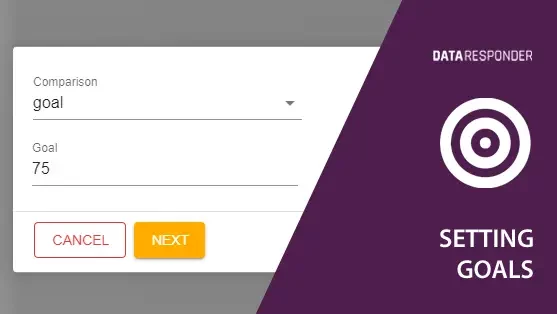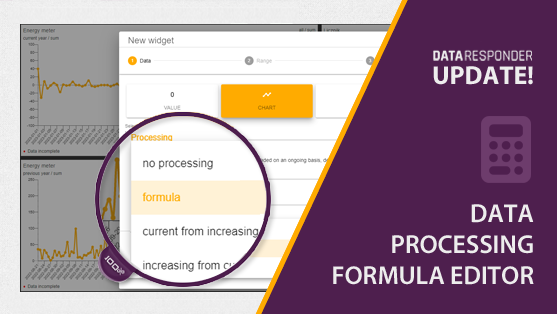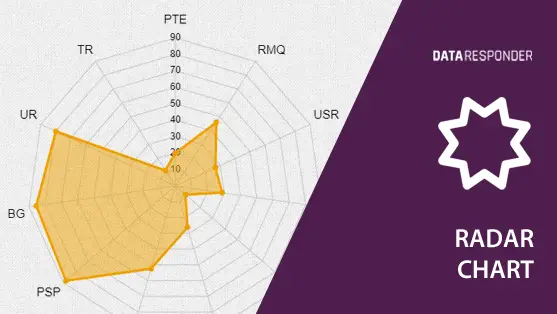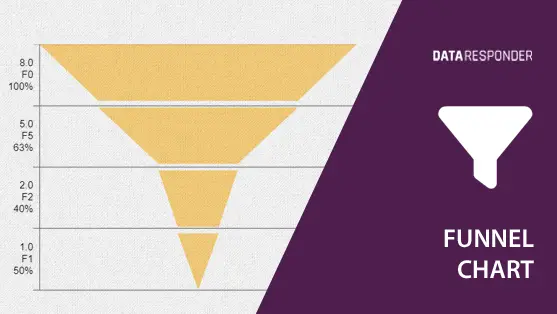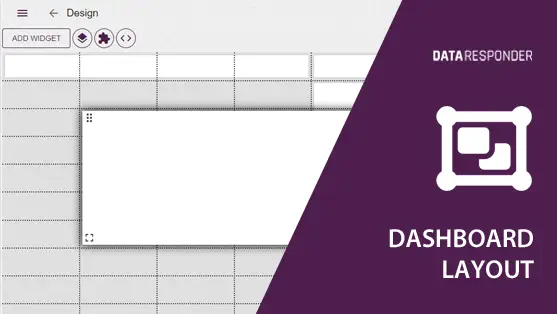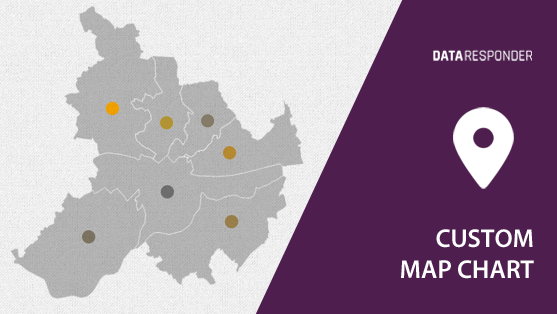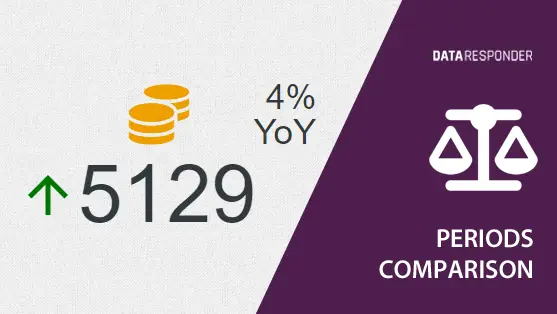Introduction
Setting business goals is a strategic art form that is essential for driving a company’s growth and success. Employing the SMART framework ensures that these goals are not only clear and achievable but also effectively aligned with the organization’s broader objectives.
The SMART Framework in Practice
- Specific: Goals should be well-defined and clear to eliminate ambiguity and ensure everyone is aligned on what needs to be achieved.
- Measurable: Establish concrete criteria for measuring progress toward the attainment of each goal. This could be through financial targets, customer metrics, or operational efficiencies.
- Achievable: Set goals that are challenging yet attainable. This balances ambition with practicality, ensuring goals are within reach given current resources and constraints.
- Relevant: Each goal should contribute to the broader vision and objectives of the business. This ensures that all efforts are concentrated on driving meaningful impact.
- Time-bound: Assign a clear deadline for each goal to foster a sense of urgency and help prioritize efforts.
Utilizing Data Responder for Goal Setting
Data Responder supports effective goal setting by allowing users to track progress in real-time:
- Goal Comparisons: Compare performance across different periods with goals to assess progress and make necessary adjustments.
- Visualization: Use trend arrows and color coding to visualize how closely current performance aligns with set goals, simplifying the monitoring process.
Best Practices in Goal Analysis and Planning
- Regular Goal Review: Regularly revisit and adjust goals as needed to respond to changing business conditions and performance.
- Comprehensive Analysis: Consider external factors such as market dynamics and competitive environments to contextualize goal performance.
- Celebrate and Reflect: Recognize and celebrate each achieved goal, regardless of size, to motivate the team and acknowledge their efforts. Reflect on what was learned during the process and consider how these insights can improve future goal-setting practices.
- Future Planning: Use insights from current goal achievements to strategically plan and set future objectives.
Conclusion
Effective goal setting using the SMART framework can transform aspirations into tangible successes. With tools like Data Responder, businesses have the capability to not only set precise goals but also to monitor and adapt them to ensure continual alignment with strategic business directions.

